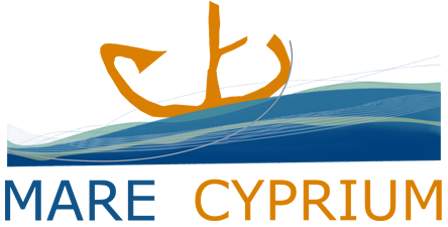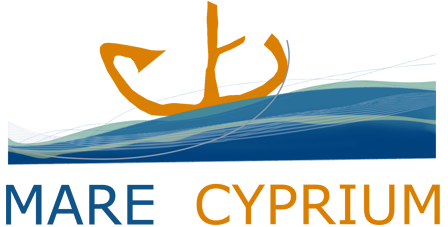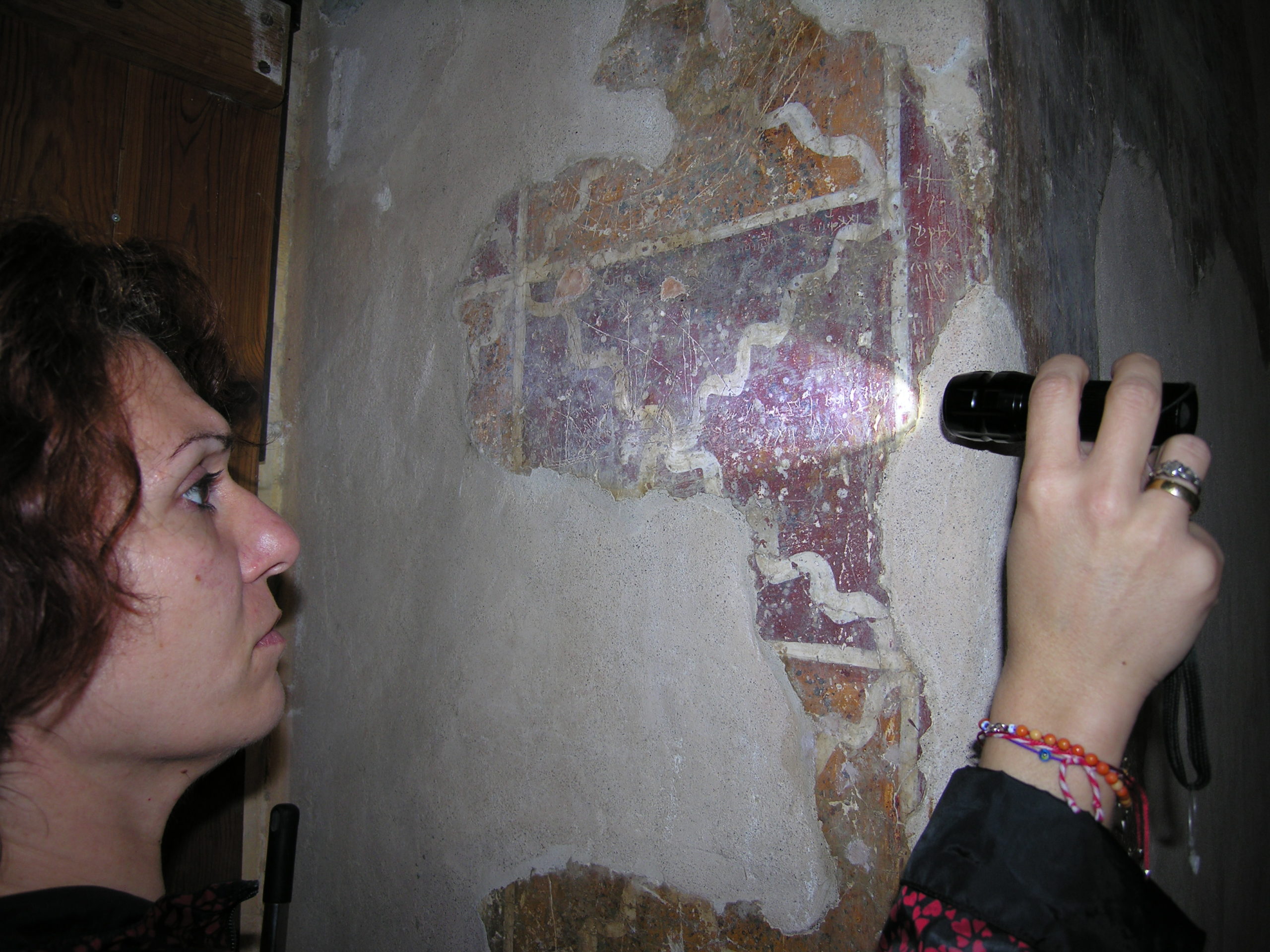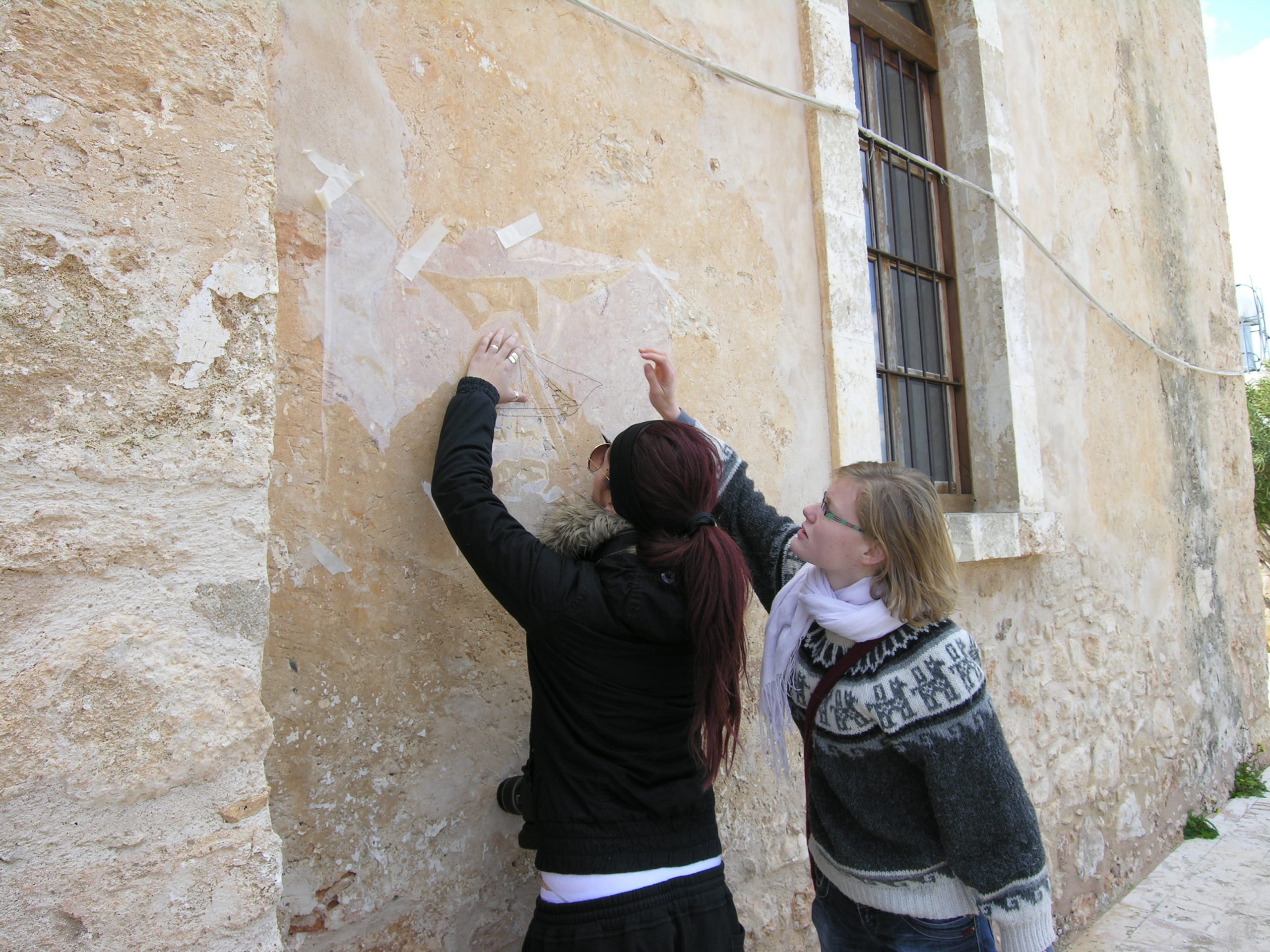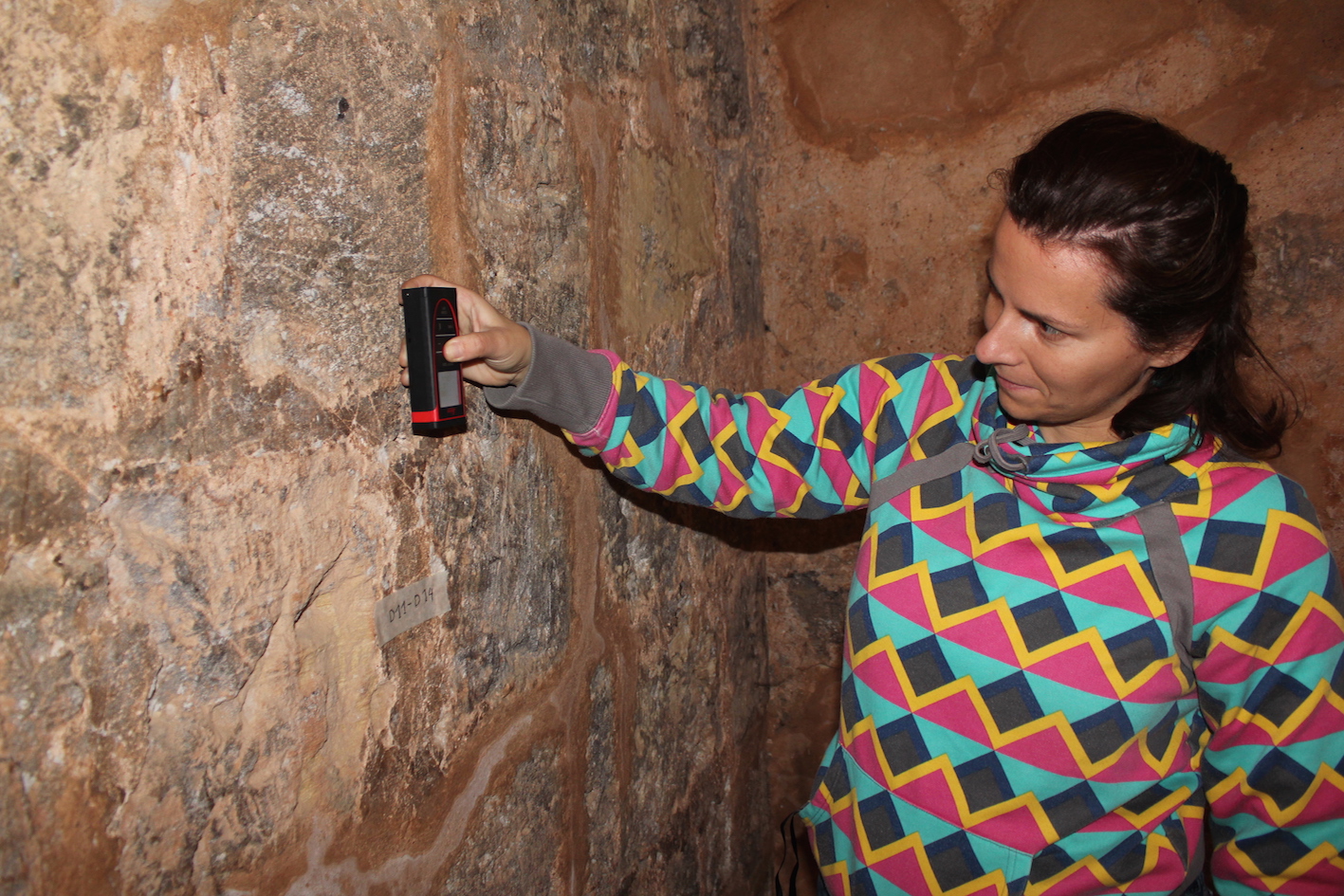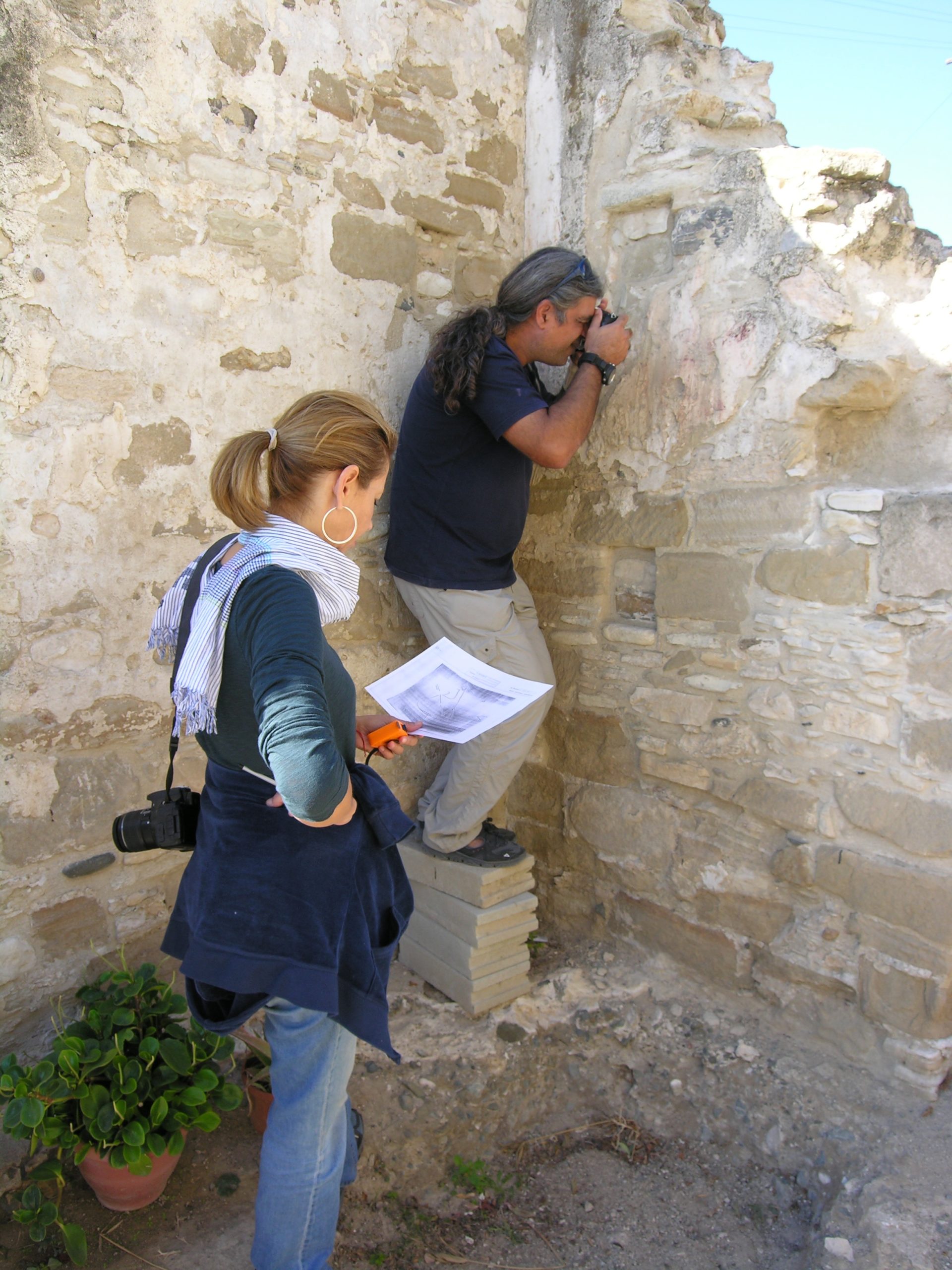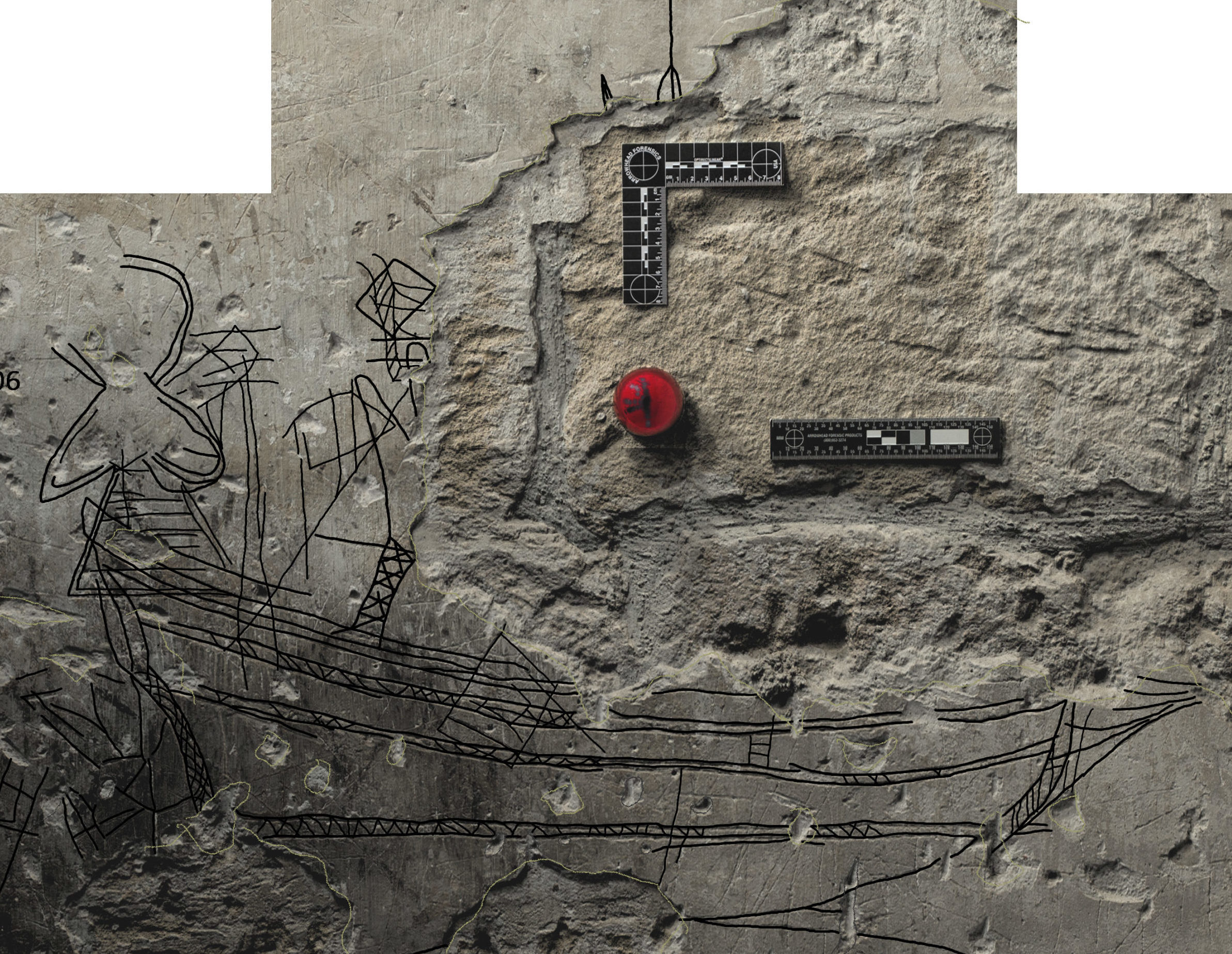KARAVOI: Ship Graffiti on Medieval and post-Medieval Monuments of Cyprus
Pictorial graffiti in archaeological and architectural contexts are drawings of unsophisticated character, often carved with a sharp tool on various surfaces, mostly walls of private or public buildings. These informal and rapidly executed iconographic renderings represent a valuable source for the study of past societies, because they are testimonies of thoughts or messages expresses directly by their carvers.


Ship graffiti on Cyprus and the KARAVOI project
On Cyprus, carved ships were found on monumental buildings, as early as the Late Bronze Age in Kition and Enkomi, but the vast majority of ship graffiti on the island have been documented in medieval and later contexts. MARELab, in collaboration with the Cyprus Institute and the Department of Antiquities, initiated a research project in 2014, funded by the Leventis Foundation and entitled ‘KARAVOI’: The Ship Graffiti on the Medieval Monuments of Cyprus: Mapping, Documentation and Digitisation’. One of the main objectives of the project was to create a corpus of the island’s ship graffiti, thus allowing for a holistic approach to their study which could involve not only standard aspects of it, such as ship’s types and provenance, seafaring, trade connections and maritime activities, but also human behaviour and identity, religious practices, ritual, ideology and social identity in Medieval Cyprus. During the KARAVOI project, 233 ship graffiti were recorded on 44 different monuments on the island, preserved mainly on religious buildings, dating from the 15th to the 20th centuries.
The Mare Cyprium application
All 233 ship graffiti documented by the KARAVOI project are recorded digitally. This is the best way to preserve this extremely fragile body of evidence. Additionally, different forms of data were collected, concerning everything from the ships and their types, the buildings themselves and the wall surfaces where the graffiti are carved, as well as spatial data, both for each graffito in the monument and for each graffiti-monument on the island. This dataset is now made publicly available through the open access database developed as part of the Mare Cyprium project which aspires to become a useful tool for both specialists and the general public alike.
DMA Development
Software
The interactive application was created using ArcGIS Experience Builder, showcasing the ship graffiti data recorded during the KARAVOI Project.
We highly recommend using Google Chrome for the best viewing experience when interacting with Mare Cyprium’s web applications.
Acknowledgements
Andonis Neophytou
Konstantina Xanthopoulou
Further reading
Useful links
